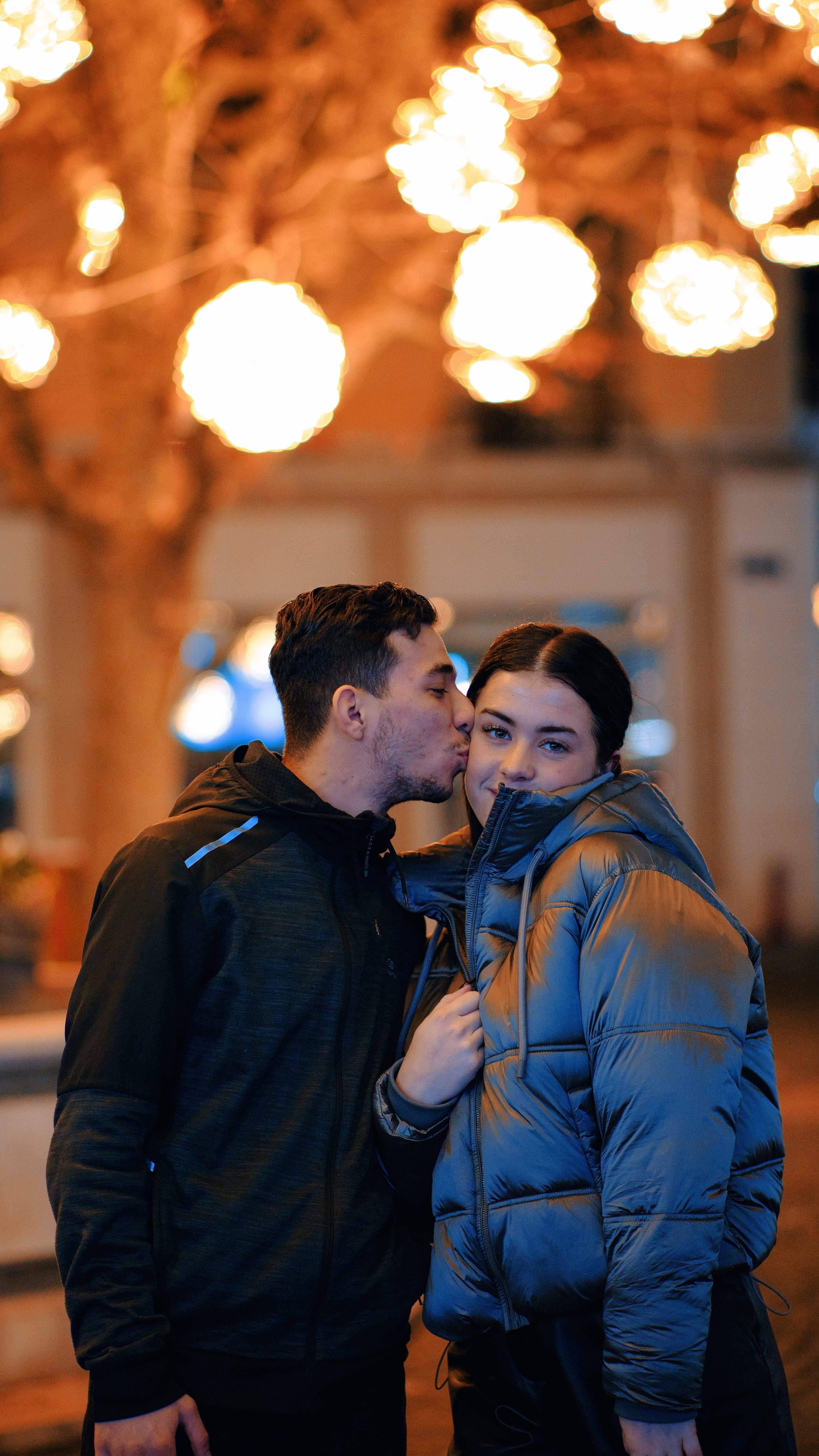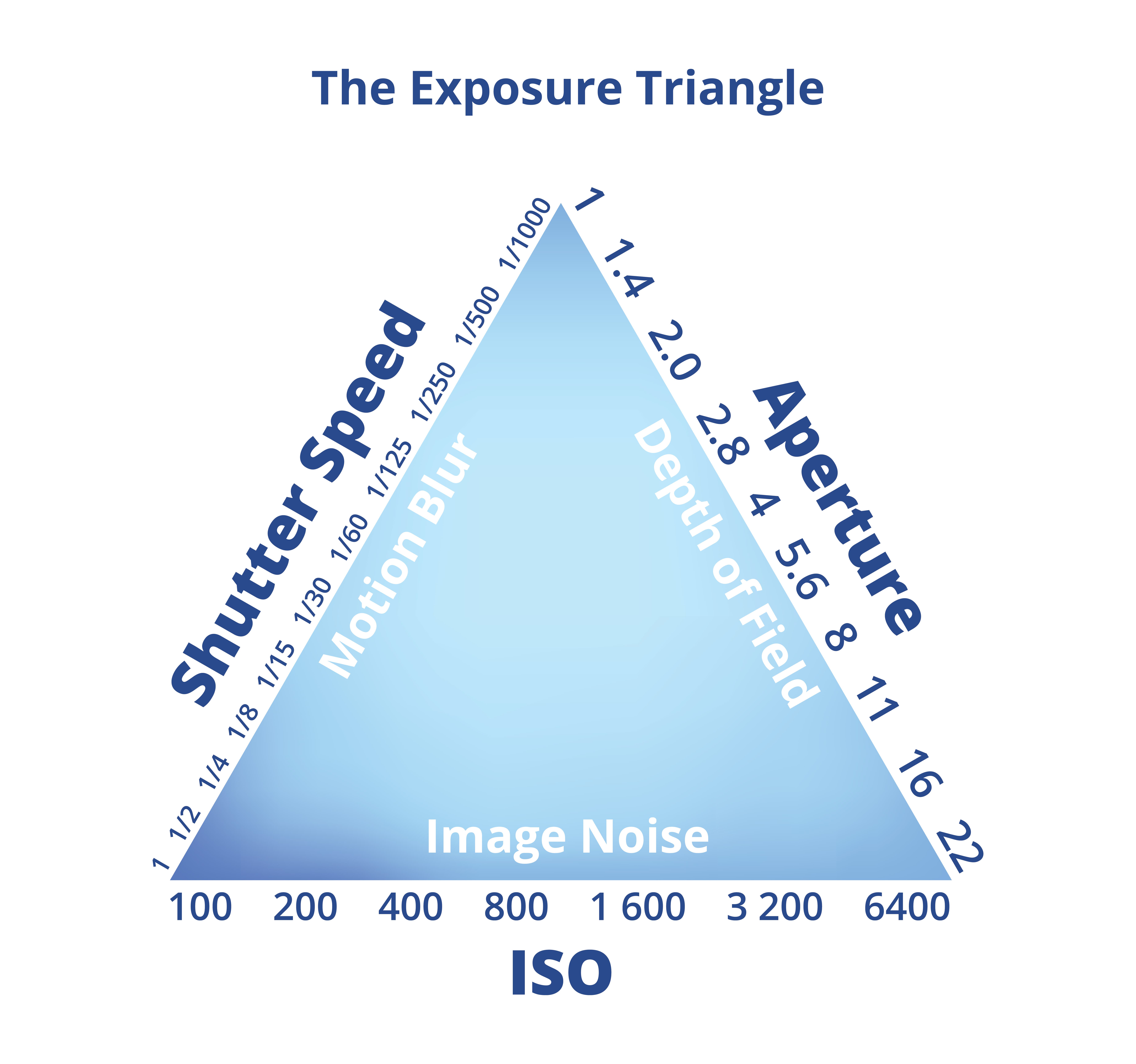

Tips on low light photography
By Amy Wright | Jun 20, 2023
As the sun sets and twilight paints the sky with hues of pink and purple, photographers often struggle to make the most of the lessening light. While taking high-quality photographs in unfavorable lighting conditions can be challenging, embracing the shadows and mastering low light photography opens up a whole new world of creative opportunities. Whether you're capturing a city skyline bathed in a neon glow or documenting the delicate dance of fireflies, low light situations can provide a wealth of stunning visuals.
So, how can you overcome the low light obstacle and take stunning photos in any situation? In this article, we will show you how. From learning the magic of manual mode to investing in the right gear, these expert insights will empower you to transform dark and moody scenes into captivating wall art prints.
Understand different low-light conditions
Light is an essential element in photography. It brings life to your photos, adds depth through shadows and silhouettes, and sets the mood for your images.
There are five key low-light conditions that every photographer must know to perfectly set their camera to get outstanding shots. As a veteran or highly motivated beginner photographer, you’ll often encounter these lighting situations during your photography explorations.
Low natural light: This includes low light conditions during dawn, dusk, or indoors with inadequate lighting.
Overcast or cloudy weather: The lack of direct sunlight during overcast or cloudy weather can create a dull and gloomy atmosphere.
Artificial lighting: Some artificial lighting, like fluorescent light or yellow tungsten bulbs, can affect the quality of the photo by changing the color temperature.
Nighttime: Low light conditions at night can make it difficult to capture bright and sharp images without using flash, tripod, or long exposures.
Harsh shadows: Bright sunshine can create harsh shadows, making it difficult to capture details in the dark areas of the photograph.
A top-notch camera with incredible specs and a high-performance reputation is a game-changer, like professional photography skills. Even when shooting in these unfavorable conditions, you can make the photo-shoot session as fun and successful as possible with the right tools and skills.
Choose the right camera for low light photography
Photographers who often shoot in low light conditions know the value of having a camera with the right features. If you want to cover all your bases–including shooting in low light environments–having the following five features in your camera is a must.
Here's what to look for when choosing a camera that can take beautiful pictures regardless of the lighting conditions:
Image stabilization
Image stabilization reduces camera shakes and keeps your photos sharp even in low light conditions. Cameras with in-body image stabilization are ideal for shooting in low light as they compensate for your hand's movements.
High ISO sensitivity
The ISO setting is used to control exposure in situations where the available light is too low for the desired aperture and shutter speed settings. Increasing the ISO can help you capture images in darker environments or be more flexible about your aperture and shutter speed settings. However, using a high ISO can also result in image noise, which is similar to the graininess seen in film photography.
Wide aperture
Several photographers prefer widening their camera apertures over using higher ISO settings. A wider aperture passes more light through the lens, which is crucial in low-light conditions. Wide apertures of f/1.4, f/1.8, or f/2.8 are excellent at snapping pictures in low light. Aesthetically, they also create a shallower depth of field, which can be used creatively to isolate the subject from the background.
Full-frame sensor
A full frame sensor has larger pixels compared to smaller sensor sizes. They also have a larger aperture range, allowing for more flexibility in depth of field and image composition. This comes in handy in low light situations where natural light may be limited, such as indoor events or night photography.
For instance, when trying to shoot portraits, a camera with a full frame sensor will help you capture intricate details in difficult lighting conditions.
Manual camera settings for low-light photography
To achieve optimal results in low-light conditions, it's crucial to take control of your camera's manual settings. While automatic modes can be helpful, manually adjusting key settings will provide more control over the final outcome. Here are some important settings to consider:
Aperture
This is the first setting you should change. The aperture, commonly measured in f-stop values, determines how much light reaches the camera’s sensor. When shooting in low light conditions, you want as much light to fall on the sensor as your camera allows. As a thumb rule, set your aperture to its widest setting.
Depending on your camera, this would be typically around f/18 or f/2.8. However, you should also keep in mind that a wider aperture narrows your depth of field and gives you a blurred background, so you may also need to use a slower shutter speed or increase your ISO.
Shutter speed
If aperture determines how much light a camera sensor is exposed to, shutter speed determines the amount of time the lens shutter remains open. Shutter speeds are measured in seconds or fractions of a second, such as 1/60, 1/125, 1/250 and so on. The slower the shutter speed, the more light it lets in. The faster the shutter speed, the less light it lets in.
In low light conditions, slow shutter speeds are typically used. It’s best to climb down the shutter speeds gradually until you find the optimum setting. But doing this will also increase the risk of camera shake. To counter this, use a tripod or other stabilization techniques to keep your camera steady.
ISO
ISO values tell you how sensitive your camera sensor is to light. Higher ISO values mean that your camera sensor is more sensitive to light. Top photographers use high ISO values when they are shooting in low light environments.
While this certainly makes the images brighter, it may turn your photographs grainy or noisy. To avoid this, you can turn on automatic noise reduction if your camera supports it or fix it in post production. But we would recommend tweaking the ISO, shutter speeds, and aperture settings together to find the optimum ISO setting.
White balance
Color temperature can vary significantly in low light settings. Adjust the white balance setting on your camera to ensure accurate color reproduction in your images. Experiment with different white balance presets or manually set the color temperature to achieve the desired effect.
Focus
Achieving proper focus can be challenging in low-light situations. Utilize your camera's autofocus system, which is typically designed to perform well even in low-light conditions. However, in extremely dark environments, autofocus may struggle. In such cases, consider switching to manual focus and using the camera's focus assist features, such as focus peaking or magnification, to ensure accurate focus.
Using artificial lighting in low-light photography
While nothing beats shooting in natural light, there is nothing wrong with bringing in artificial lighting if the lighting is anything less than ideal.
Here are some techniques to incorporate artificial lighting effectively:
Go with continuous lighting
Use continuous lighting sources such as LED panels, soft-box lights, or fluorescent lights to illuminate your subject. Continuous lights provide a constant source of light, allowing you to compose and adjust your settings accordingly.
Use off-camera flash
Incorporate off-camera flash units to add controlled bursts of light to your scenes. By positioning the flash at different angles and distances, you can create dramatic lighting effects and highlight specific elements in your composition.
Set up light modifiers
Light modifiers such as diffusers, reflectors, or snoots shape and control the direction of artificial light. Diffusers soften the light, while reflectors bounce and redirect it. These tools help you create more pleasing and professional-looking images.
Experiment with light painting
Light painting involves using handheld light sources, such as flashlights or light sticks, to paint or illuminate specific areas of your scene during a long exposure. This technique can produce mesmerizing and surreal effects in low-light environments.
Mix artificial light with natural light
You can blend artificial and natural light to better control the lighting conditions and effectively create special visual effects. Tinker with multiple light positions to create better shades and dispositions in your photographs. Add other modifiers like diffusers, soft boxes, and umbrellas to moderate and flatten the light for the subject.
Shoot In RAW format
When photographing in low-light conditions, shooting in RAW format provides significant advantages during post-processing.
A RAW file is a type of file that your camera or smartphone can save when you take a picture. A JPG file compresses this information to make the file smaller and easier to share, but it also loses some quality. If you take pictures in JPG format, you have less control over how they look. But a RAW file captures more details in the photo and preserves more details in shadows and highlights. You can also crop or resize your picture without losing much quality.
RAW files are much bigger than JPG files. They take up more space on your memory card or phone's storage and also take longer to transfer or upload. You also need a software program that can open and edit RAW files, which might cost money or require some learning. But the trade-off is worth it. It gives you more freedom to fine-tune your images during editing.
Fixing bad lighting in post production
If you need to fix bad lighting in post-production, you can try some of the following techniques in editing software like Adobe Lightroom:
Play around with the exposure if the picture is too bright or too dark.
Use the highlights, mids, and shadows sliders to recover some details in the bright and dark areas of your picture.
Use the burn and dodge tool. The burn tool darkens parts of your picture, while the dodge tool lightens them. Both these tools create contrast, depth, and mood in your picture by selectively adding shadows and highlights.
Add an adjustment layer or a preset to convert your picture to black and white, and then use the color sliders to fine-tune the brightness of different tones.
Use a preset or a filter. Presets and filters can change the mood, style, and atmosphere of your picture by altering the colors, contrast, saturation, and other settings.
Practice and Experiment
As with any aspect of photography, practice is key to mastering low-light photography. Experiment with different techniques, settings, and lighting conditions to understand how your camera performs in low-light situations. Explore various compositions, subject matters, and lighting sources to develop your unique style and vision.
Additionally, don't be afraid to push the limits of your camera's capabilities. With advancements in technology, modern cameras can capture impressive images even in extremely low-light conditions. Keep pushing your boundaries and experimenting with different approaches to achieve remarkable results.
Conclusion
Low-light photography can be both challenging and rewarding. By understanding the different types of low-light conditions, selecting the right equipment, mastering manual camera settings, utilizing artificial lighting effectively, shooting in RAW format, and employing post-processing techniques, you can capture stunning photos in challenging lighting situations.
With dedication and persistence, you can create breathtaking photographs that bring emotion and warmth to your Canvaspop wall art. So what are you waiting for? Upload your favorite pictures today!

